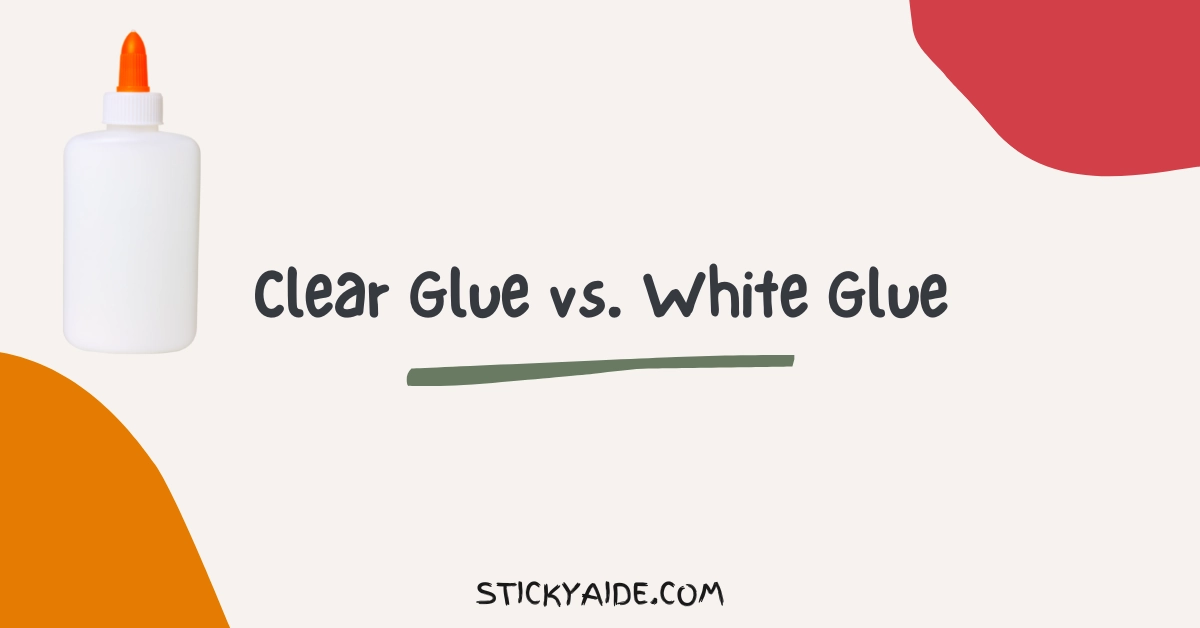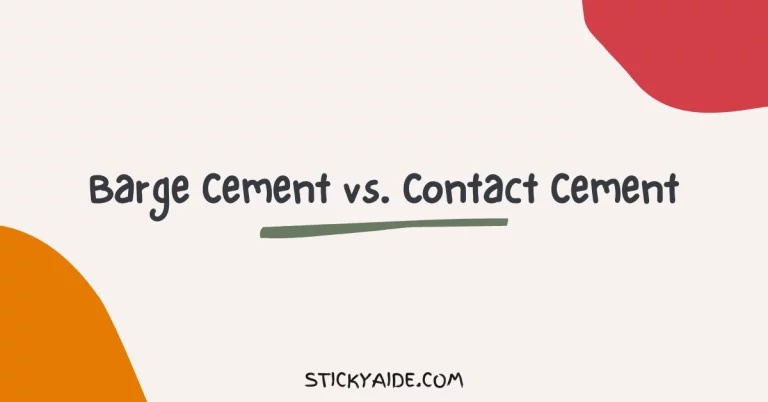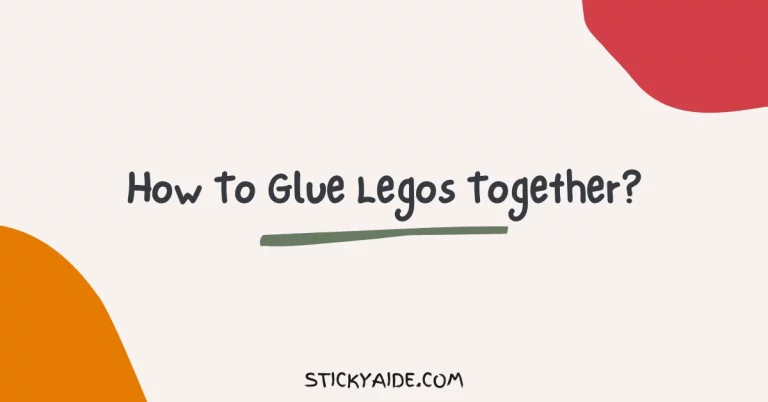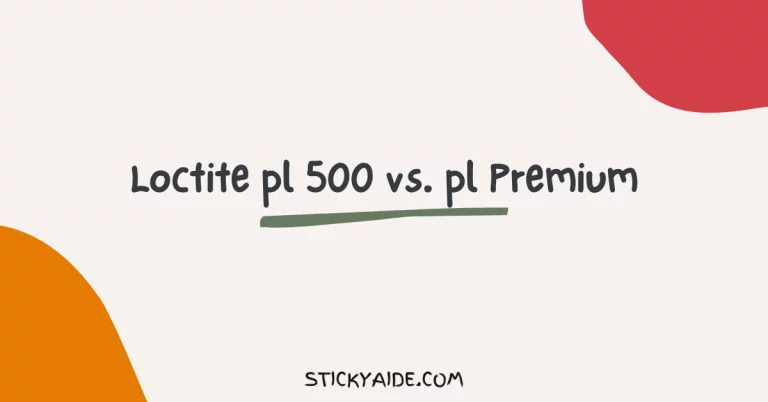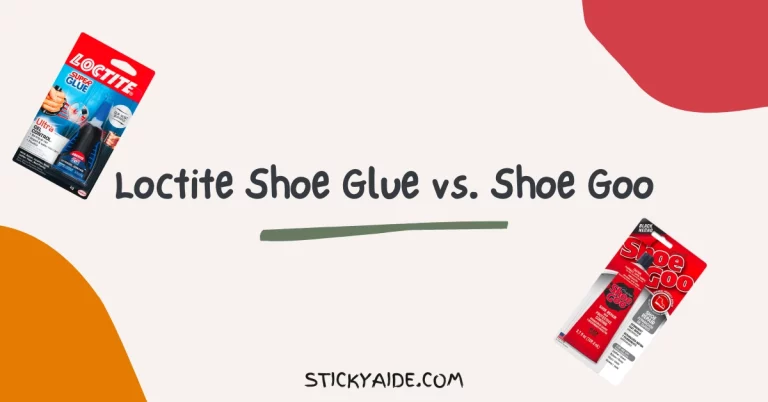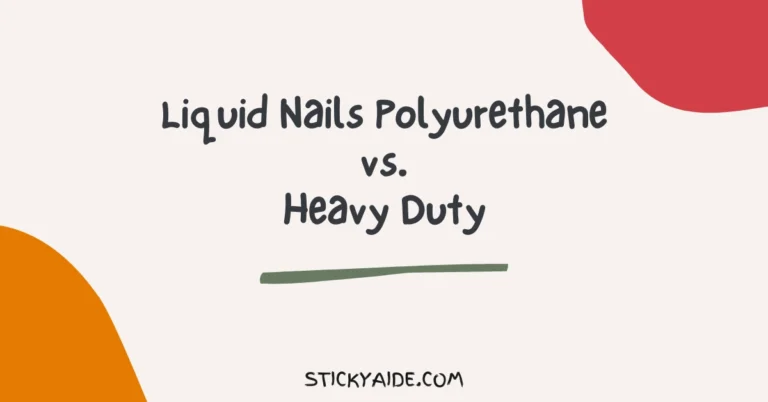Glue is one of the core components you need for household repairs and fixes or DIY Projects. White Glue is one of the most common for arts and crafts projects because of its versatility and ease of use. Clear Glue also performs well for many purposes. So, in the battle between Clear Glue vs. White Glue, which one should you side with and why? This article will cover what each of these glues offers, their features, and their differences.
Read More: Wood Glue vs. White Glue
Clear Glue vs. White Glue
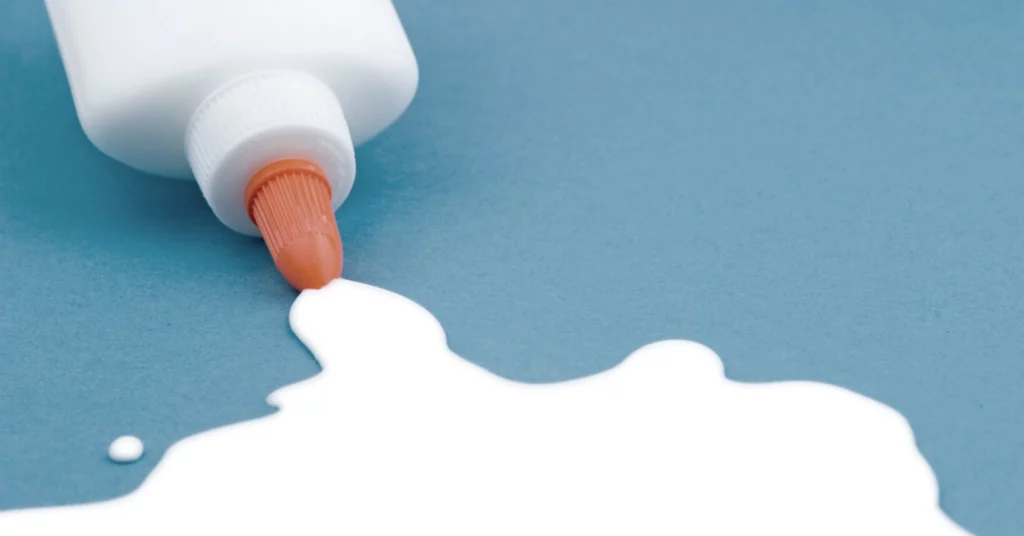
Clear Glue
Clear Glue is the common name for a range of solvent-based Glue. Clear Glue can be composed of many materials like – Polyurethane, Silicone, or Cyanoacrylates.
Clear Glue dries clear when it cures, making it ideal for projects where you don’t want visible traces of Glue after usage. Loctite has a silicone-based Clear Glue, which is suitable for Metal, Glass, Rubber, and even surfaces that expand and contract.
Loctite Extreme Glue is polyurethane-based Clear Glue and works well with – Wood, Metal, Stone, Ceramics, Glass, and more. Extreme Glue creates a flexible bond once fully cured, and you can use it for repair and arts and crafts projects.
Clear Gorilla Glue is another popular Clear Glue available, and it works well with Wood, Stone, Metal, Ceramic, Foam, Glass, and more. Clear Gorilla Glue is water-resistant, making it ideal for wet conditions.
White Glue
White Glue is the common name for Polyvinyl Acetate (PVA) based glues and has widespread applications. White Glue is also comparatively safer since it is usually non-toxic, odorless, and colorless with few health hazards.
White Glue is widely used for arts and crafts projects, and you typically use it for short-term projects. White Glue works excellently with porous materials like – Paper, Fabric, Wood, Plywood, Cardboard, and more.
I do not recommend White Glue for smooth, non-porous materials like – Glass or Metal since White Glue forms a bond only when it penetrates the surface material.
White Glue is not water-resistant, so you should look for alternatives if you use it outdoors in wet conditions.
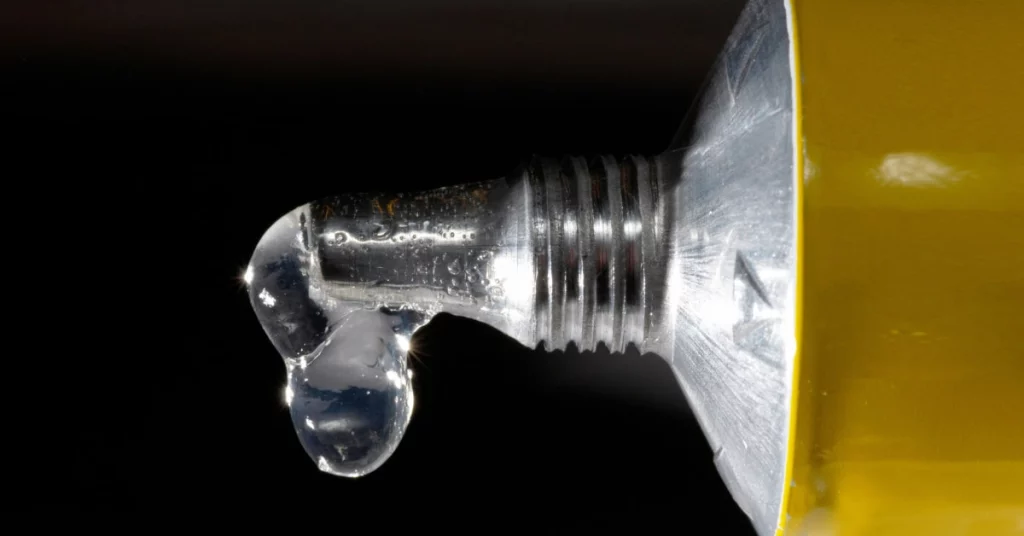
Differences Between Clear Glue And White Glue
Now that I’ve gone over what Clear Glue and White Glue are let’s examine their differences.
Best Materials to Use On
Since Clear Glue can be based on various materials, the suitable materials it will work on depend on the specific Glue you get. For example, Silicone-based Loctite Clear Silicone Glue would perform best with – Metal, Glass, Rubber, Tile, etc.
On the other hand, White Glue will work excellently with porous materials like – Paper, Wood, Fabric, Cardboard, etc. White Glue does not work well on smooth surfaces like Glass or Metal.
Cure and Dry Time
The Cure and Dry time for Clear Glue also heavily depends on your specific variant. For example, Clear Gorilla Glue has a dry time of 2 hours, with a complete cure taking up to 24 hours.
White Glue typically has a dry time ranging from 30 minutes to an hour. A complete cure takes around 24 hours.
Last Opinion
So which one should you go for in the debate of Clear Glue vs. White Glue? If you’re working with non-porous, smooth materials and looking for a water-resistant adhesive, go for Clear Glue. On the other hand, White Glue is an excellent pick for arts and crafts projects in which you will use porous materials like – Paper, Cardboard, or Wood.

